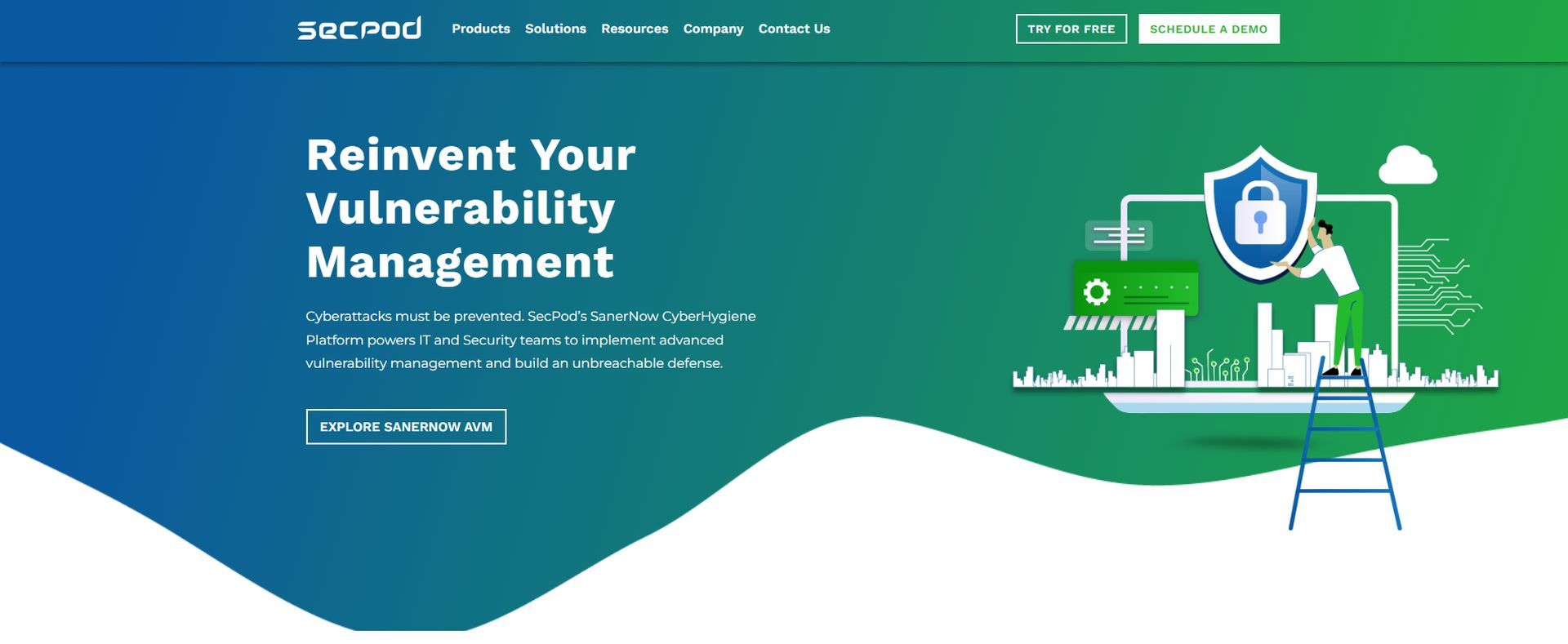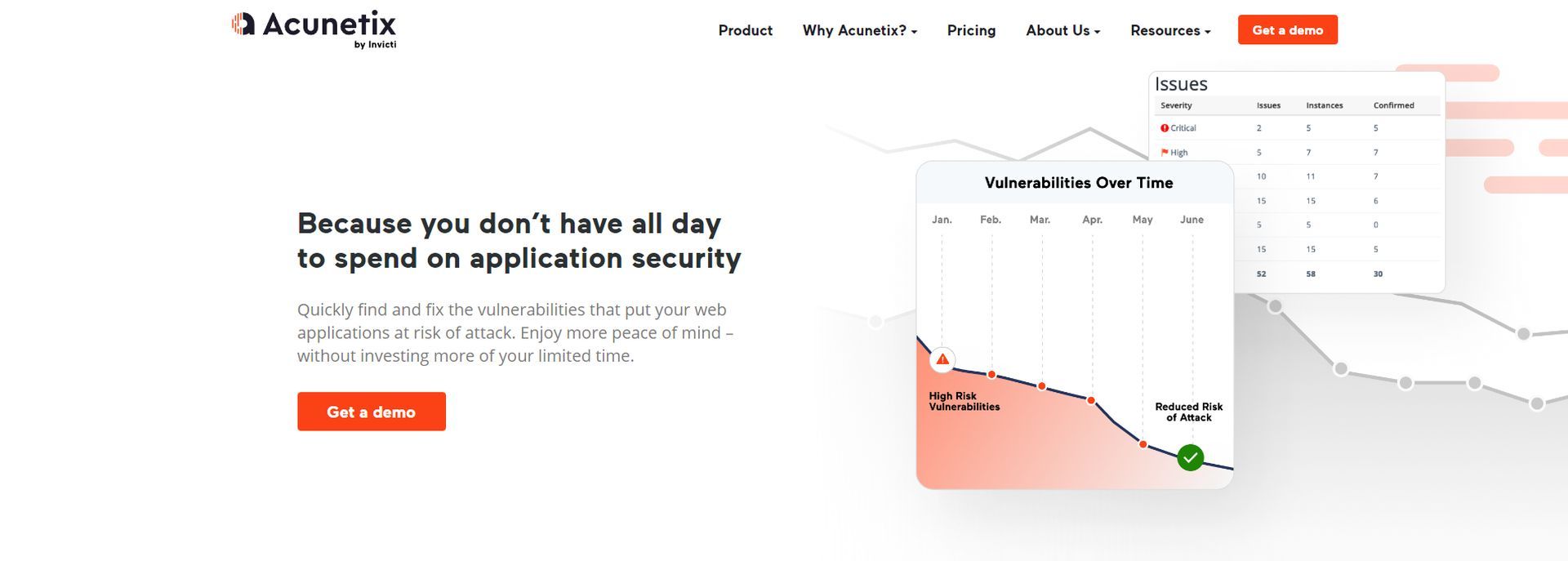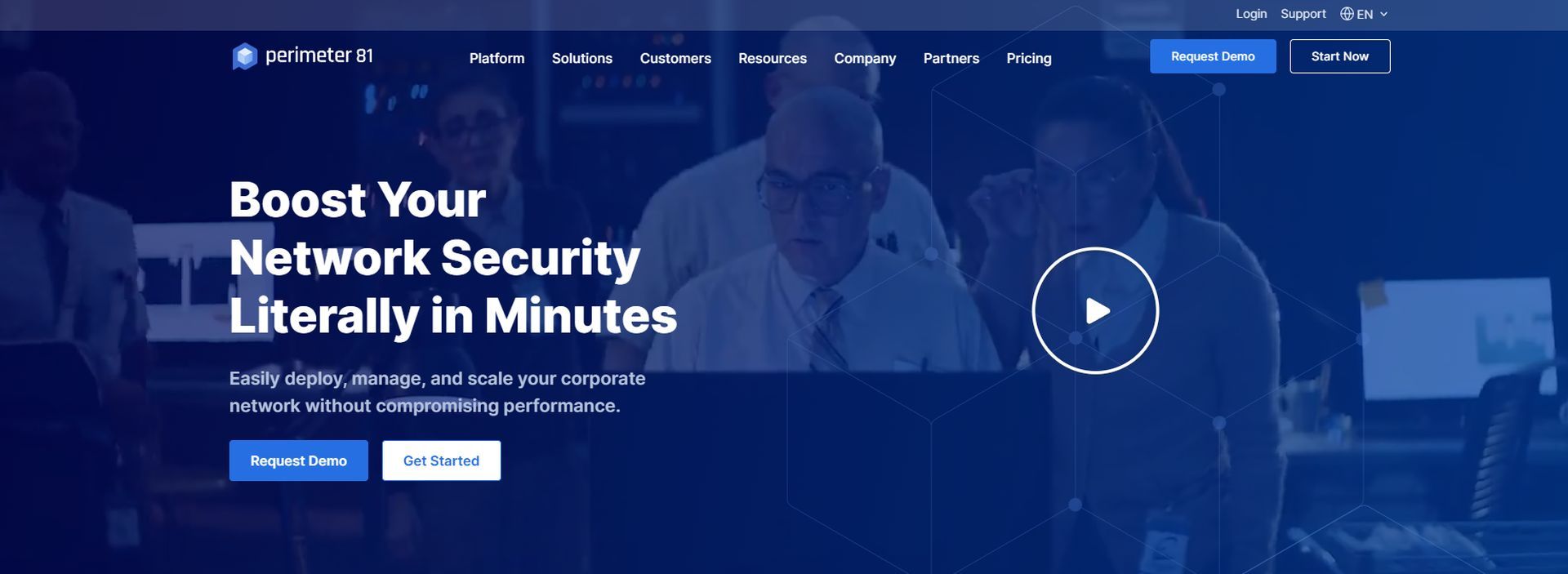Cybersecurity analytics tools are essential for organizations to protect against cyber attacks and breaches. Cybersecurity is a critical concern for organizations of all sizes and industries, as the frequency and severity of cyber attacks continue to increase. One key aspect of a comprehensive cybersecurity strategy is the use of analytics tools to identify and respond to potential threats in real-time.
What are cybersecurity analytics tools?
Cybersecurity analytics tools are designed to collect, process and analyze vast amounts of data from various sources, such as network logs, endpoint data, and security events. By providing actionable insights and intelligence, these tools can help organizations detect and respond to cyber threats more quickly and effectively, minimizing the potential impact on their operations and reputation. The use of cybersecurity analytics tools is essential for any organization looking to protect its sensitive data, intellectual property, and customers’ personal information.
Top 5 cybersecurity analytics tools
These tools analyze large amounts of data to identify potential threats and provide insights for proactive security measures. Below, you will find a curated selection of tools that have been carefully evaluated to align with the specific needs of your organization.
SecPod SanerNow
- A great choice for small to large businesses.
The SanerNow cyberhygiene platform offers a comprehensive vulnerability management solution to continuously monitor and improve an organization’s security posture. It combines vulnerability assessment and instant remediation into a unified console. It scans for vulnerabilities, misconfigurations and other security risks and provide an automated method to fix them instantly. The platform is designed to automate every step of vulnerability management to help organizations prevent cyber attacks.

Key features:
- It uses an intelligent and lightweight multi-functional agent that can perform all tasks.
- It evaluates risk potential, high-fidelity attacks and more to efficiently prioritize vulnerabilities for easy remediation.
- It has an integrated patching feature that enables quick remediation of vulnerabilities in IT assets.
- With additional remediation controls beyond patching, it becomes easier to mitigate security risks.
- The platform can be accessed from a single cloud-based console, which allows organizations to efficiently manage vulnerabilities and other security risks.
- It can perform real-time vulnerability management from scanning to remediation.
Acunetix
- A great choice for small businesses, enterprise customers, pentesters, and web professionals.
Acunetix is the solution to secure your websites, web applications, and APIs. This application security testing solution can find over 7K vulnerabilities and scan all pages, web apps, and complex web applications.
It has built-in vulnerability management functionality. On-premise and on-demand deployment options are available with Acunetix.

Key features:
- Acunetix utilizes advanced macro recording technology that enables it to scan complex multi-level forms and password-protected areas of a website.
- It also evaluates the severity of identified issues and provides actionable insights in real-time.
- Additionally, it has the capability to schedule and prioritize full scans and incremental scans to ensure that all areas of the website are thoroughly checked.
Perimeter 81
- A great choice for small to large businesses
Perimeter 81 is a software that caught our attention immediately due to its advanced network security features. It provides users with a wide range of cybersecurity tools to help strengthen an organization’s defenses against various types of threats. With features such as device posture check, web filtering, Zero Trust Network access, and multi-factor authentication, the software simplifies the process of managing and securing the integrity of a network.

Key features:
- Protect network traffic across all environments using a firewall as a service.
- Obtain multi-layered security through encryption, two-factor authentication, and Single Sign-On.
- Benefit from a unified management plan for monitoring and managing your network.
- Prevent connections from unknown Wi-Fi networks with Automatic Wi-Fi Protection.
Vipre
- A great choice for those who demand protection against evolving threats.
Vipre provides cybersecurity solutions for both personal and professional use. It guards against computer viruses, ransomware, and identity theft. Its business protection package includes comprehensive email and endpoint security and privacy as well as real-time threat intelligence, providing multiple layers of protection for your business and partners. The software supports both Windows and Mac platforms.

Key features:
- Vipre offers easy-to-use solutions to safeguard your business from online threats and data risks.
- It offers comprehensive packages and flexible pricing options.
- It utilizes AI technology to deliver unparalleled protection.
- It provides a fully integrated solution that is simple to implement and manage.
- Vipre also has email encryption capabilities included.
Malwarebytes
- A great choice for personal users
Malwarebytes provides cybersecurity solutions for both personal and professional use. It can guard against malware, ransomware, malicious websites, and other advanced online threats that traditional antivirus software may not detect. It is compatible with Windows, Mac, Android, iOS, and Chromebook devices. For businesses, it offers a range of products and services such as endpoint security and incident response, catering to industries such as education, finance, and healthcare.

Key features:
- Malwarebytes uses anomaly detection, behavior matching, and application hardening techniques to protect against malware.
- It can effectively clean up infected devices.
- It provides protection against attack vectors on various devices including Windows, Mac, and Android.
- It offers multi-layered protection with endpoint detection and response for Windows.
- It can detect and prevent threats in real-time.
Cybersecurity analytics certification
A cybersecurity analytics certification is a professional certification that attests to an individual’s knowledge and skills in using analytics tools and techniques to identify and mitigate cybersecurity threats. The certification usually requires passing an exam that tests an individual’s understanding of the various cybersecurity analytics tools and techniques, as well as their ability to apply them in real-world scenarios.
Obtaining a cybersecurity analytics certification can demonstrate an individual’s expertise and commitment to the field, and can help them stand out in the job market. It can also help organizations ensure that their cybersecurity team members have the necessary skills and knowledge to effectively protect their networks and data.
Some examples of cybersecurity analytics certifications include:
- Certified Cybersecurity Analytics Professional (CCAP)
- Certified Cyber Threat Intelligence Analyst (CCTIA)
- Certified Threat Intelligence Analyst (CTIA)
- GIAC Cyber Threat Intelligence (GCTI)
The requirements to obtain a certification and the level of difficulty of the exam may vary depending on the certifying organization. Some certifications may require prior experience in the field or a certain level of education, while others may be open to anyone interested in cybersecurity. The certification exams may also include multiple choice questions, simulation-based questions and practical test. And the certification may require to renew after a certain period of time to maintain the validity.
Is your business safe? You can find the answer with a cyber risk assessment
Keep in mind that cybersecurity analytics certifications are just one aspect of building a strong cybersecurity team, it’s important for organizations to also focus on other aspects such as employee training, incident response planning, and regular security assessments. Moreover, these certificates will also show your knowledge on different aspects of cybersecurity approaches, including the principle of least privilege (POLP).
Types of cybersecurity analytics tools
There are various types of cybersecurity analytics tools available in the market, each providing different functionalities to help organizations detect and prioritize potential threats, create response plans, analyze adversarial behavior, and iterate against potential attacks. Some examples of these tools include:
- Behavioral analytics: These tools analyze patterns and behavioral trends of users, applications, and devices to identify abnormal behavior or detect anomalies that may indicate a security breach or attack.
- External threat intelligence: External threat intelligence services are provided by security firms to supplement the analytical process.
- Forensics: Forensic tools are used to investigate past or ongoing attacks, determine how attackers infiltrated and compromised systems, and identify cyberthreats and security vulnerabilities that could leave an organization susceptible to future attacks.
- Network analysis and visibility (NAV): NAV is a collection of tools that analyze end-user and application traffic as it flows across the network.
- Security information and event management (SIEM): SIEM tools provide real-time analysis of security alerts generated by network devices and applications.
- Security orchestration, automation, and response (SOAR): SOAR tools act as a hub that ties together data gathering capabilities, analysis, and threat response.
The hardware, software, or virtual appliances that organizations choose must complement and integrate with their current infrastructure. Advanced persistent attacks, for example, are a specialty of some security analytics providers. Other suppliers focus on niche industries like healthcare or finance, where regulatory compliance auditing infractions may be a problem.
Businesses must think about the deployment and feature sets they need, the dangers that they or their industry frequently face, the type of solution that best fits within their budget, and other factors before selecting the best security analytics tool.

Data analytics in cybersecurity
Data analytics plays a crucial role in cybersecurity by helping organizations to identify and respond to potential threats in real-time.
By collecting, processing, and analyzing vast amounts of data from various sources, such as network logs, endpoint data, and security events, data analytics tools can provide actionable insights and intelligence that can help organizations to;
- Detect anomalies and suspicious behavior. Data analytics tools can be used to identify patterns and behavioral trends of users, applications, and devices, and to detect abnormal behavior or anomalies that could indicate a security breach or attack.
- Prioritize threats. By analyzing data from different sources, data analytics tools can help organizations to understand the potential impact and likelihood of different threats, and to prioritize their response accordingly.
- Create response strategies. Data analytics tools can provide organizations with the information they need to understand the scope and nature of a potential threat, and to develop effective response strategies to mitigate or neutralize the threat.
- Analyze adversarial behavior. Data analytics tools can be used to study the tactics, techniques, and procedures (TTPs) used by attackers to understand their motivations, methods, and objectives.
- Iterate against potential attacks. By continuously monitoring and analyzing data, data analytics tools can help organizations to identify new or emerging threats and to adapt their defenses accordingly.
Benefits of cybersecurity analytics tools
There are several benefits of using cybersecurity analytics tools as part of an organization’s cybersecurity strategy, some of the most notable ones include:
Real-time threat detection
Cybersecurity analytics tools can provide real-time monitoring and analysis of network and endpoint data, allowing organizations to quickly identify and respond to potential threats.
Improved incident response
By providing actionable intelligence and insights, cybersecurity analytics tools can help organizations to understand the scope and nature of a potential threat, and to develop effective response strategies to mitigate or neutralize the threat.
Never lose your ID, especially in cyberspace
Better threat prioritization
By analyzing data from different sources, cybersecurity analytics tools can help organizations to understand the potential impact and likelihood of different threats, and to prioritize their response accordingly.
Increased visibility
Cybersecurity analytics tools can provide organizations with a comprehensive view of their network and endpoint data, allowing them to identify and understand potential vulnerabilities and risks.

Better compliance
Cybersecurity analytics tools can help organizations to meet regulatory requirements by providing the necessary data and reporting capabilities.
Cost-effective
Cybersecurity analytics tools can help organizations to be more efficient in managing their cybersecurity operations, reducing the need for manual processes and enabling them to identify and respond to threats more quickly and effectively.
Advanced threat hunting
Cybersecurity analytics tools can assist in finding advanced persistent threats (APTs) that have already infiltrated the network.
Continuous improvement
By providing organizations with the ability to continuously monitor and analyze data, cybersecurity analytics tools can help organizations to identify new or emerging threats and to adapt their defenses accordingly.
Use cases of data analytics in cybersecurity
Data analytics has become an essential tool for organizations looking to protect their sensitive data, intellectual property and customers’ personal information. Its ability to process, analyze and make sense of vast amounts of data from various sources, such as network logs, endpoint data and security events has proven to be a game changer in the field of cybersecurity. With the increasing frequency and severity of cyber attacks, the use of data analytics in cybersecurity has become a necessity for organizations of all sizes and industries. This has led to the emergence of various use cases where data analytics is applied to improve the detection and response of cyber threats, as well as to enhance the overall security posture of organizations. Besides, these analytics can also be used on Privileged Access Management (PAM) mechanisms to safeguard people with capabilities beyond regular users.
Intrusion detection and prevention
Data analytics tools can be used to identify and prevent potential intrusions by analyzing network and endpoint data for signs of malicious activity, such as abnormal patterns of network traffic or suspicious behavior by users or applications.
Threat hunting
Data analytics tools can assist in finding advanced persistent threats (APTs) that have already infiltrated the network by using a combination of techniques such as correlation, statistical analysis, and machine learning.
Security incident management
Data analytics tools can be used to quickly identify and respond to security incidents by analyzing data from various sources, such as network logs, endpoint data, and security events.
Compliance management
Cybersecurity analytics tools can help organizations to meet regulatory requirements by providing the necessary data and reporting capabilities.

Malware detection and analysis
Data analytics tools can be used to detect and analyze malware by analyzing network and endpoint data for signs of malicious code or behavior.
Vulnerability management
Data analytics tools can be used to identify and prioritize vulnerabilities in an organization’s IT infrastructure, allowing them to be addressed more efficiently.
User behavior analytics
Data analytics tools can be used to monitor and analyze user behavior, such as login attempts, file accesses and network traffic, to identify suspicious or anomalous activity that could indicate a security breach or attack.
Automated incident response
Data analytics tools can be used to automate incident response by providing organizations with the ability to automatically respond to security incidents and to take appropriate action.
Cybersecurity analytics expert salary
The typical salary for a cybersecurity analyst in Germany is around €89,523 per year, or an equivalent hourly wage of €43, according to Salaryexpert.com. They also tend to receive an average bonus of €3,823. These figures are based on salary survey data obtained directly from employers and anonymous employees within Germany. An entry-level cyber security analyst, who has one to three years of experience, can expect to earn an average salary of €63,023. On the other hand, a senior-level cyber security analyst with eight or more years of experience typically earns an average salary of €111,019.

The approximate total compensation for a cybersecurity analyst in the United States is $89,345 annually, with a median salary of $82,842 per year, according to Glassdoor.com. These figures are based on the median values obtained from a proprietary model that calculates total pay estimates, using data collected from users. The average additional compensation is around $6,503 per year. This additional pay could include cash bonuses, commissions, tips and profit sharing.
Final words
Protecting data is critical for organizations of all sizes and industries, as data breaches can lead to serious consequences such as financial losses, reputational damage, and legal liability. Cybersecurity analytics tools are vital for organizations because they provide the ability to detect and respond to potential threats in real-time, allowing organizations to protect their sensitive data, intellectual property, and customers’ personal information.
Your guide to assessing cybersecurity risks before they harm valuable assets
One of the main benefits of cybersecurity analytics tools is their ability to detect anomalies and suspicious behavior. By analyzing patterns and behavioral trends of users, applications, and devices, these tools can identify abnormal behavior or anomalies that could indicate a security breach or attack. This allows organizations to quickly respond to potential threats and mitigate the potential impact on their operations and reputation.
In addition, cybersecurity analytics tools provide improved incident response capabilities by providing organizations with actionable intelligence and insights. This allows organizations to understand the scope and nature of a potential threat, and to develop effective response strategies to mitigate or neutralize the threat.

Cybersecurity analytics tools also provide organizations with increased visibility by providing a comprehensive view of their network and endpoint data, allowing them to identify and understand potential vulnerabilities and risks. This helps organizations to prioritize and address these vulnerabilities, which is essential for maintaining a strong security posture.
Moreover, cybersecurity analytics tools can assist organizations in meeting regulatory requirements by providing the necessary data and reporting capabilities. This can help organizations avoid costly fines and penalties for non-compliance.
Overall, cybersecurity analytics tools are vital for organizations because they provide the ability to detect and respond to potential threats in real-time, allowing organizations to protect their sensitive data, intellectual property, and customers’ personal information. They also provide improved incident response capabilities, increased visibility, and better compliance management.





